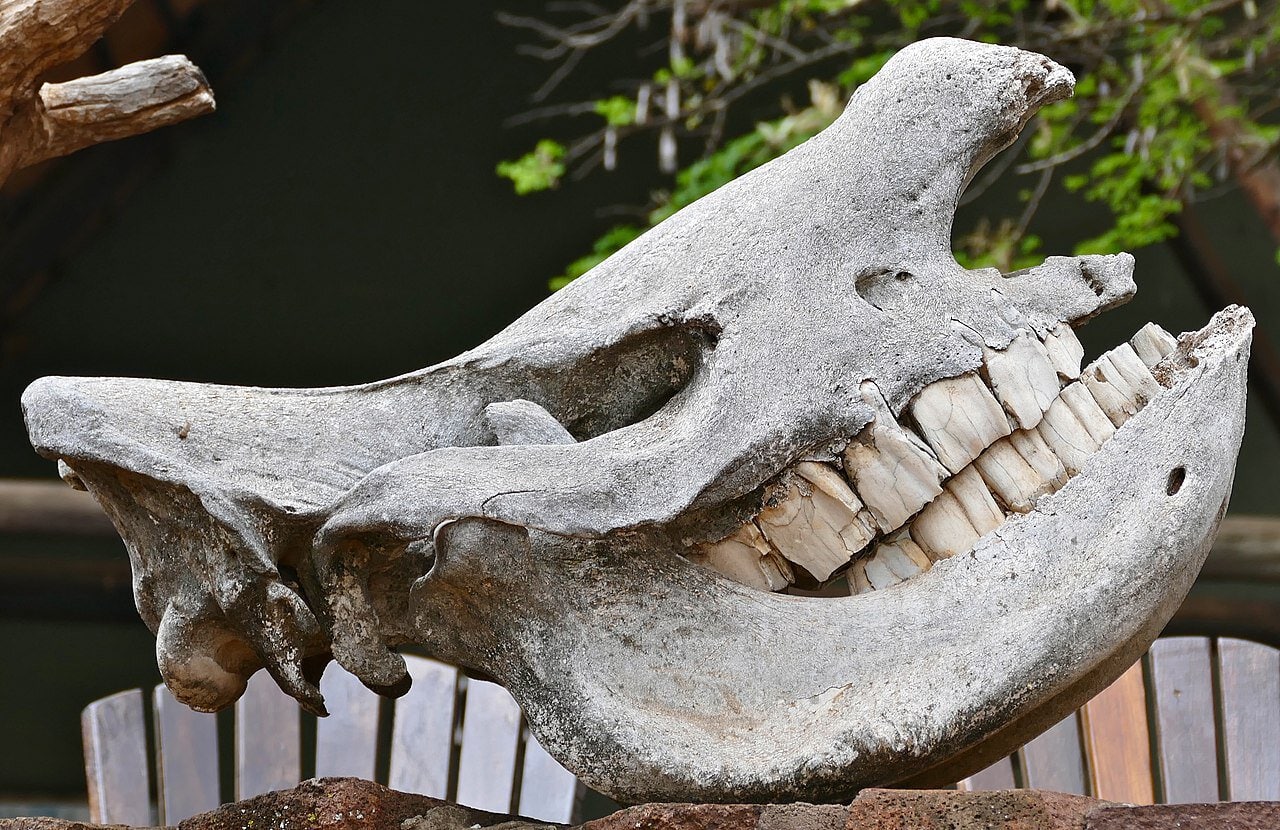A number of fossils representing billions of years of geologic history are preserved around the planet. Though large and heavy dinosaur bones tend to be the most visible examples, fossils can take many forms. Fossilization is a process that occurs when, instead of bones decaying through natural means, they become embedded in layers of rock and petrify. Fossils can represent microscopic creatures, animals with no bones at all, preserved internal organs, and traces of hair, skin, and feathers. They can even offer evidence of ancient animals’ behavior in impressions of footprints or burrows or as individuals trapped in amber. They are snapshots of life in scenes from the distant past.
In addition to offering tantalizing glimpses of animals that went extinct millions of years ago, fossils also reveal the ancient world they once inhabited. Each precious find is another tiny piece in the vast puzzle of Earth’s geologic history and helps scientists understand how life on this planet evolved and changed over billions of years. In some cases, fossils tend to be conserved in the strangest way and in the most unusual places we could imagine. Many paleontologists have been digging and discovering fossils in different geographical locations from the 17th century to the present day. Knowing when and where the oldest fossils of various species appeared gives us new details about the planet’s evolutionary tree.
Rare and impressive as they may be, not all fossils are equally famous or have had the same profound effect on paleontology and our understanding of life during these remote times. In case of dinosaurs, they represent the most incredible creatures that ruled the planet for more than 160 million years. Fortunately, thanks to fossils, and substantial evidence behind our image on Earth, we have a good source of information about prehistoric life. Read on to check out some of the strangest fossils ever discovered.
40. A rhino head weighing 66 pounds.

In the Cappadocia region of modern Turkey, scientists have uncovered the fossilized remains of a giant rhinoceros who probably lived about nine million years ago. What is even more remarkable than its size is the fact that this rhino probably died in a volcano eruption.
Usually, eruptions incinerate all organic matter, so only 2% of fossils are found in volcanic deposits. This skull was probably baked by the extreme temperatures – nearly 1000 degrees Fahrenheit – and then became fossilized inside the ash and other residues. The ancient rhino’s head and jaw have a rough surface and brittle teeth.
